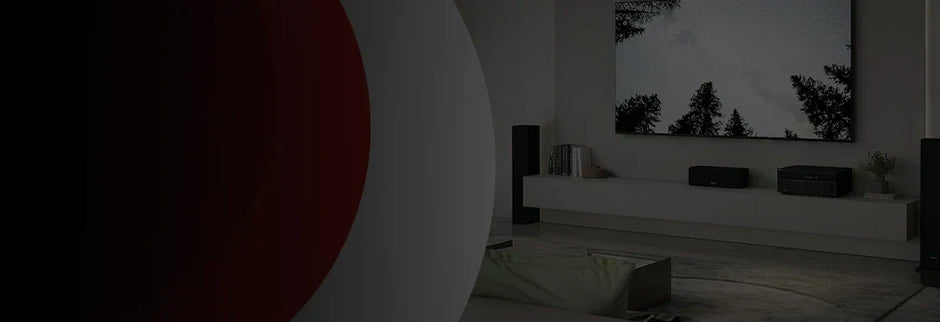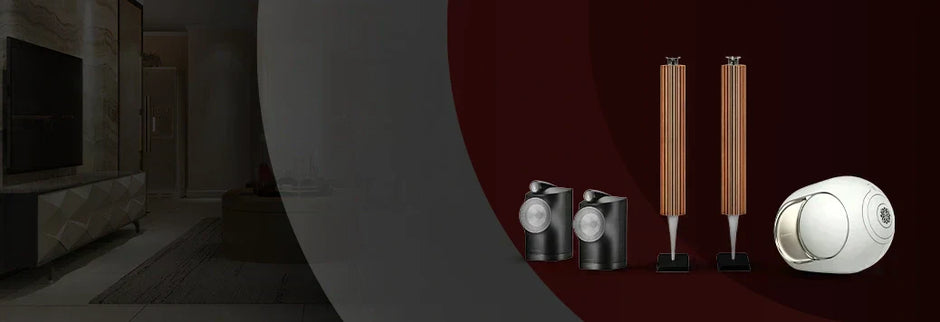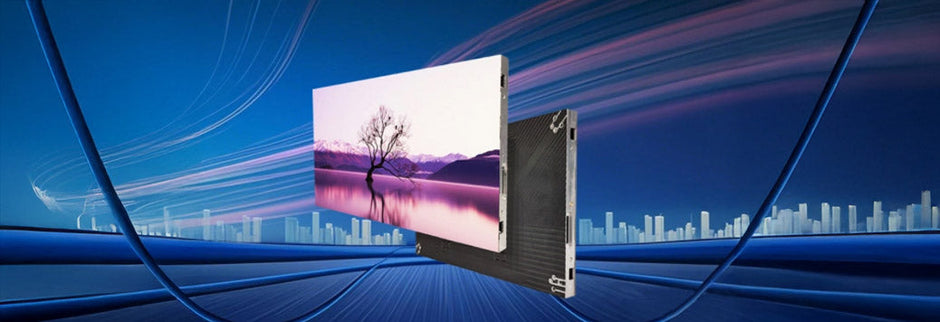Outdoor projection screens have always been popular, especially in good weather. You can invite friends over, or then, simply have a family gathering and watch your favorite movie. However, it is very important that your outdoor projection screen is made of the right material.
If the quality of the screen material is not up to the standards of the projector you will get degraded picture quality. The material you use depends entirely on your budget, the size of the screen you want, and the quality of the projector. In this guide, we shall talk about the most popular materials you can use for your outdoor projection screen. So, here goes...
1) Projector Screen Paint: One of the easiest materials to use to create an outdoor projection screen is projector screen paint. This resembles paint that would be used to paint the walls of the house, but allows for high contrast displays to be projected onto it. However, weather can deteriorate this paint, and reapplication may be necessary from time to time.
2) Inflatable Setups: These setups can be both front and rear projection and come in a variety of shapes and sizes. These can be found in some of the largest sizes available, and would be suited for large gatherings, such as a town picnic. The ease of set up is also great, as all that is needed to set it up is a pump to inflate it, and a hammer to install the stabilizing stakes into the ground. They are portable as well, allowing for easy use. An inflatable screen is a great way to go, especially if you're looking for an easy setup that won't require a lot of labor or are looking to easily move about with the theater setup.
3) Blackout Cloth: Cloth like materials should be used to get the flattest, most durable, and most picture stable screen. Blackout cloth is one of the most popular options for theater screens. This material is what is likely to be most thought of by the builder when thinking of a home theater. The material itself resembles movie theater cloth and can be cut to customizable lengths.
4) Outdoor Fabrics and Tyvek: This is a cheaper option and is not projector specific. It can be very durable in a more permanent type of setup. Outdoor fabric can be found in the off-white coloring desired for theater projection. Tyvek is another option for outdoor fabric, and is manufactured by DuPont. This is more durable that both blackout cloth and most outdoor fabrics in an outdoor setting. It is meant to be strong, lightweight, flexible, and water resistant, making it ideal for a more permanent outdoor setup.
5) Billboard Tarps and Tarpaulins: Billboard tarps can be used as well. These provide a very large white vinyl area. This shiny vinyl may not necessarily be the best material for an outdoor screen, but can be a great option for very large projection setups. Smaller tarps can also be utilized, although this can be thought of as a very cheap alternative solution. While a white or off-white tarpaulin can be found, the thick fibers and uneven surface will not make for good picture quality. If you have a high-end projector that puts out HD picture quality, billboard tarps and tarpaulins are not good options. However, if you are on a budget with a low end projector then, this is a good option.
6) Spandex: Spandex is a one of the more interesting materials that can be used for a rear projector outdoor screen. This can be stretched out and used as a great portable setup. The frames for this material usually have to be a bit stronger, as the spandex needs to be stretched out.
7) Trapeze: This is a material that is specifically designed for an outdoors rear projection setup. It is high quality and expensive as compared to the other materials listed. However, it provides excellent picture quality.
These are some of the most popular materials used for outdoor projection screens that are both front and rear projection. If you're planning on setting up an outdoor projector screen anytime soon, do keep these materials in mind and choose the one that suits you best. Here's to crystal-clear images in the outdoors with your very own projection screen!
FAQs
1. What is the best material for an outdoor projection screen?
The best material for an outdoor projection screen depends on your needs, but white PVC and high-gain projection fabric are two of the most popular options. They provide high-quality image clarity and allow for bright, vibrant displays. Other materials like spandex and painted surfaces can also work well, depending on your budget and environment.
2. How does the material of the projection screen affect the image quality?
The material of your outdoor projection screen greatly influences the image quality. High-gain materials reflect more light, making the image brighter, especially in well-lit environments. Matte white materials provide a more neutral color balance and wider viewing angles. Some materials, like gray screen fabric, are designed to enhance contrast by absorbing ambient light.
3. What are the advantages of using white PVC for an outdoor projection screen?
White PVC is one of the most popular materials for outdoor projection screens because of its:
-
Smooth texture for a uniform projection surface.
-
High durability against the elements like wind, rain, and UV rays.
-
Great color reproduction and brightness.
-
Affordable and easy to find, making it an excellent choice for budget-conscious buyers.
4. What is the best projection screen material for high-contrast viewing?
If you want to enhance contrast for your outdoor viewing experience, gray projection screen fabric is a great option. This material absorbs excess ambient light, making dark scenes appear richer and more detailed, especially when used in partially lit environments. Grey screens are also beneficial for projecting in areas with slight light pollution.
5. Can I use my outdoor projection screen during the day?
Yes, you can use your outdoor projection screen during the day, but the image quality will depend on the ambient light conditions. For best results, use high-gain materials to maximize brightness and contrast. If you plan on using the screen frequently during the day, consider setting up your projection screen in a shaded area to avoid excess sunlight interference.







